Storm Chasing Destinations Around the World: Exploring Nature’s Fury
Storm chasing is a thrilling and awe-inspiring pursuit that takes enthusiasts on a journey to witness the raw power of nature. From massive thunderstorms to tornadoes and hurricanes, storm chasers seek out these dramatic weather phenomena in various locations around the globe. In this article, we’ll delve deeper into some of the top storm chasing destinations, each offering unique experiences and challenges for adventurous souls.
1. The Great Plains, United States: A Hotbed for Tornado Activity
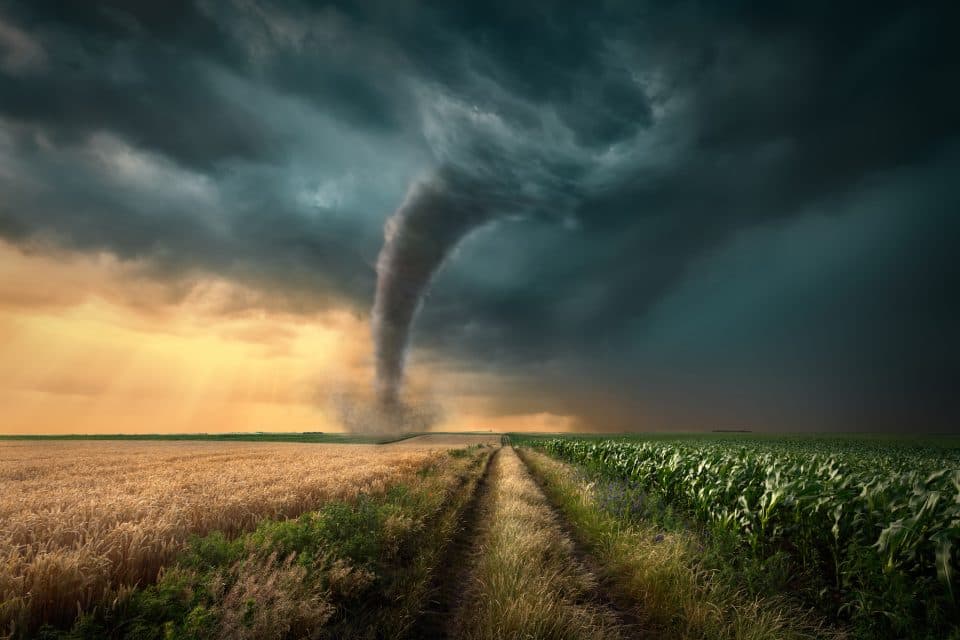
Encompassing parts of Texas, Oklahoma, Kansas, Nebraska, South Dakota, and Iowa, the Great Plains region in the central United States is a legendary storm chasing ground. This region, infamous for its high frequency of tornadoes during spring and early summer months, attracts professionals and enthusiasts alike. The flat terrain of the Great Plains, coupled with clash zones between warm, moist air from the Gulf of Mexico and cooler air from the Rockies, creates ideal conditions for tornado formation. Witnessing a supercell thunderstorm erupt into a tornado against the vast, open canvas of the Great Plains is an unforgettable experience.
- Annual Average: Approximately 1,200 tornadoes
- Most Deadly/Destructive: The Tri-State Tornado of 1925, which ripped through Missouri, Illinois, and Indiana, remains the deadliest tornado in US history, with an estimated 695 fatalities.
2. Arid Fury: Storm Chasing in the Australian Outback
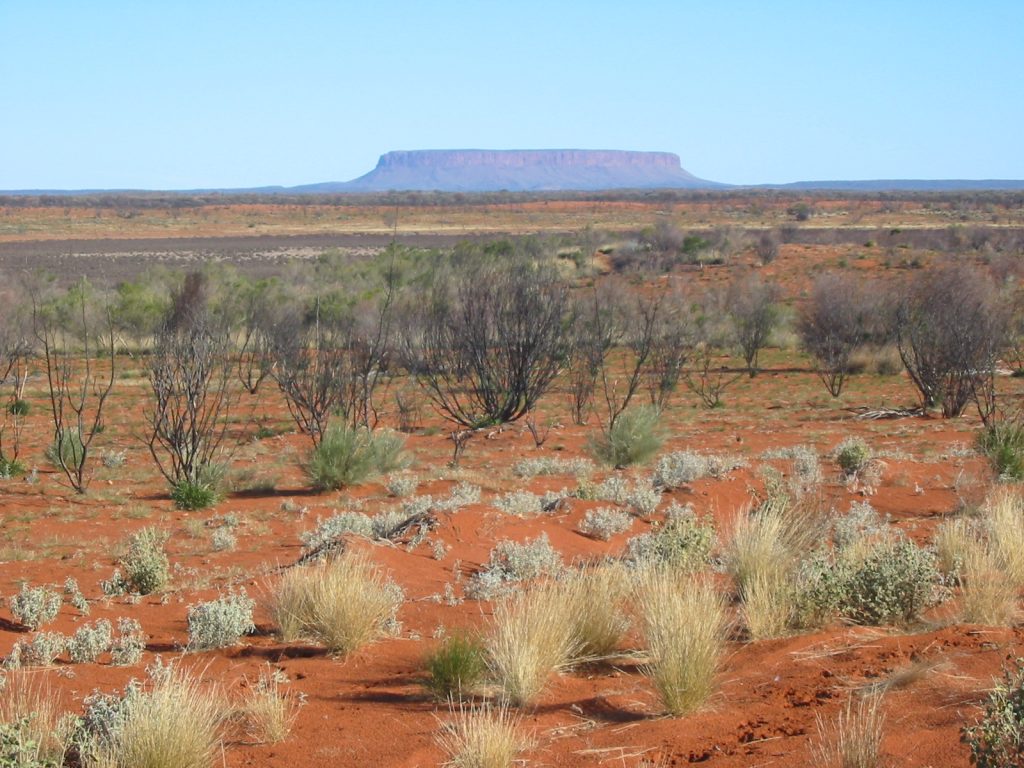
For those seeking a unique storm chasing adventure, Australia’s vast and remote Outback offers a rugged environment. During the Australian summer, regions like Queensland, the Northern Territory, and parts of Western Australia witness a range of severe weather, including thunderstorms, cyclones, and dust storms. The stark contrast of red desert landscapes against dramatic storm clouds creates breathtaking scenes for photographers and adventurers alike. The Outback’s isolation and unpredictable weather add an extra element of challenge and excitement to storm chasing expeditions. Imagine capturing a colossal dust storm engulfing the horizon, a sight unique to the Australian Outback.
- Annual Average: Around 100 tornadoes, with a concentration in the southeastern states.
- Most Deadly/Destructive: The 1970 Bulahdelah tornado remains one of Australia’s most destructive tornadoes, causing significant damage and several fatalities.
3. North American Expansion: Chasing Storms in Canada’s Prairies
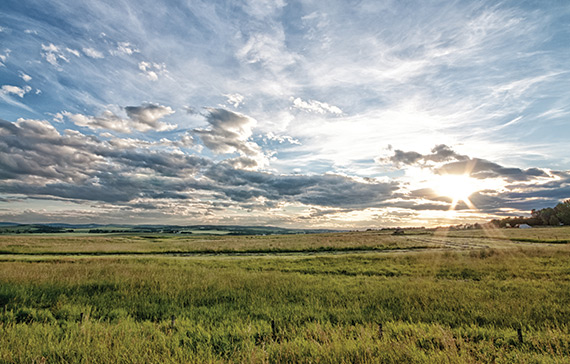
Canada’s prairie provinces, particularly Alberta, Saskatchewan, and Manitoba, form a northern extension of the storm chasing territory. While less frequent than in the southern United States, tornadoes do occur here, alongside powerful supercell thunderstorms and impressive hailstorms. Chasing storms in Canada presents a different perspective due to the unique weather patterns influenced by the Rocky Mountains and the Arctic. The vast Canadian prairies, dotted with lakes and farmland, offer a picturesque backdrop for capturing the drama of a supercell thunderstorm.
- Annual Average: Around 62 tornadoes, primarily in the southern Prairie provinces and Ontario.
- Most Deadly/Destructive: The Regina Cyclone of 1912 devastated the city of Regina, Saskatchewan, claiming 28 lives and causing extensive damage.
4. Southern Hemisphere Spectacle: Argentina’s High Plains
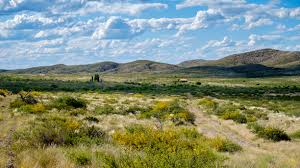
Spring and summer in Argentina transform the Pampas region, also known as the High Plains, into a storm chaser’s paradise. Here, rapid development of thunderstorms occurs due to warm, moist air from the Atlantic colliding with cool air from the Andes Mountains. The result? Spectacular lightning displays and occasional severe weather events that draw storm enthusiasts from across South America. The vast grasslands and dramatic skies of Argentina’s High Plains provide a visually captivating backdrop for chasing storms. Imagine witnessing a mesmerizing electrical storm illuminate the endless expanse of the Pampas.
Annual Average: Argentina experiences a moderate number of tornadoes, particularly in the Pampas region, with estimates ranging from 20 to 60 tornadoes per year. The spring and summer months (October-March) are the peak season for tornado activity.
Most Deadly/Destructive: The 1973 San Justo Tornado: This powerful tornado, estimated to be an F4 or F5, tore through the town of San Justo in the Buenos Aires Province on January 10, 1973. The tornado caused significant casualties, with estimates ranging from 63 to 120 fatalities, and left a path of destruction through the town, leveling homes and businesses. This event remains one of the deadliest tornado disasters in Argentina’s history and serves as a reminder of the potential for destructive tornadoes in the region.
5. European Encounters: Unveiling the Power of European Storms
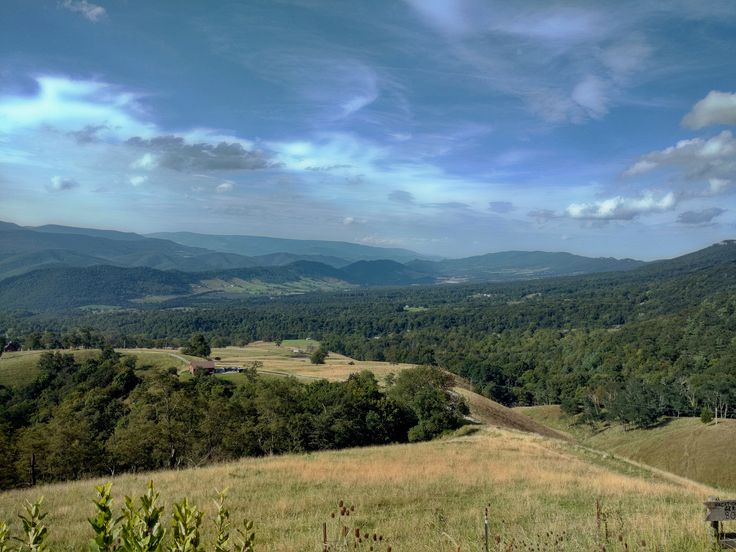
While Europe may not experience tornadoes with the same frequency as the United States, it has its fair share of dramatic weather. Countries like the United Kingdom, France, and Germany witness intense thunderstorms and supercells during specific times of the year. The diverse landscapes of Europe, from rolling hills to scenic coastlines, offer a unique opportunity to capture the fury of nature in various settings. Imagine capturing electrifying lightning shows illuminating iconic landmarks or dramatic cloud formations gathering over picturesque countrysides.
- Annual Average: Europe experiences a variable number of tornadoes, with an estimated average of around 300-400 tornadoes per year across the continent.
- Most Deadly/Destructive: The 1984 Ivanovo tornado outbreak in Russia resulted in significant destruction and loss of life.
6. Monsoon Majesty: Unveiling the Power of India’s Seasonal Storms

From June to September, India’s monsoon season blankets the country in heavy rainfall, dramatic thunderstorms, and occasional cyclones. Regions on the western coast, including Goa and Kerala, as well as northeastern states like Assam, witness some of the most spectacular weather events, attracting both local and international storm chasers seeking the intense displays of the monsoon. The monsoon’s impact on India’s diverse landscapes, from lush forests to coastal plains, creates a dynamic and visually rich environment for storm chasing and photography. Imagine witnessing a powerful monsoon storm unleash its fury over the lush jungles of India.
Annual Average: While comprehensive data is limited due to underreporting, estimates suggest India experiences around 100-200 tornadoes annually. These tornadoes are often associated with the monsoon season (April-June) and post-monsoon season (September-November).
Most Deadly/Destructive: The 1998 Andhra Pradesh Tornado: This devastating tornado, estimated to be an F4 on the Fujita scale, struck the East Godavari district of Andhra Pradesh in May 1998. It resulted in over 100 fatalities and caused widespread destruction to homes, infrastructure, and crops. The tornado’s impact highlighted the vulnerability of rural communities in India to severe weather events and the need for improved disaster preparedness and response systems.
